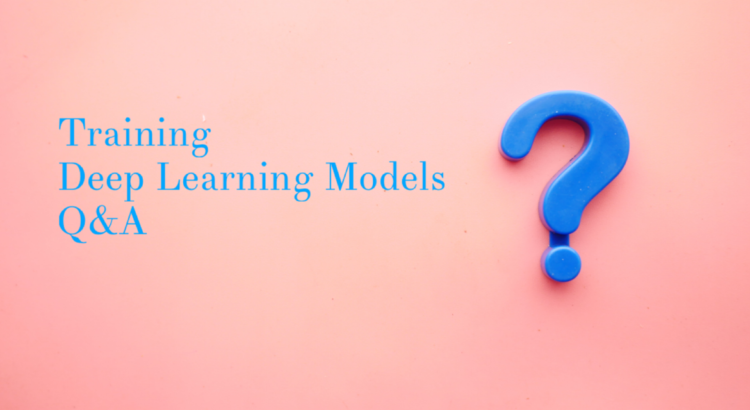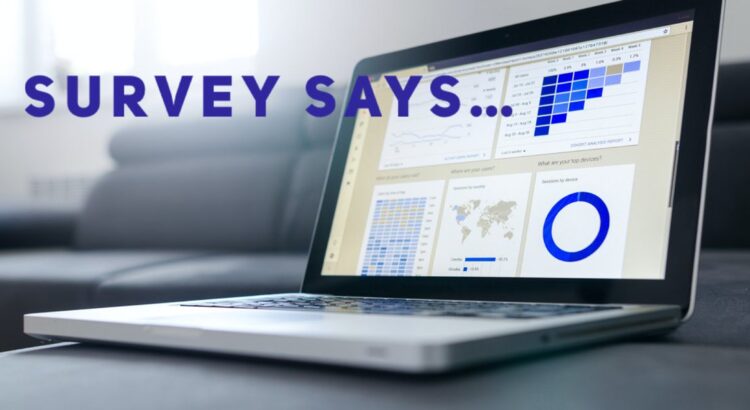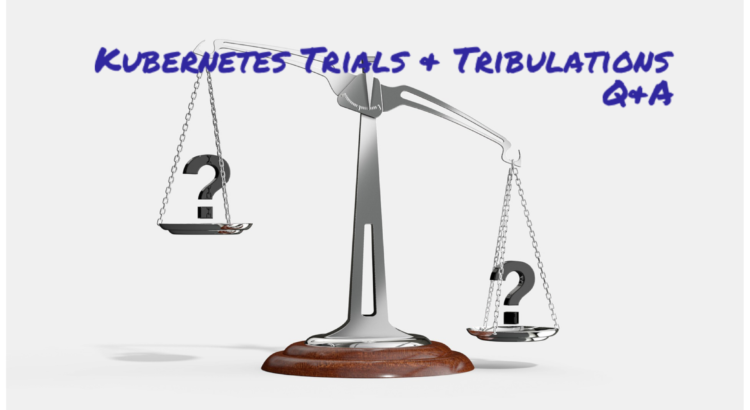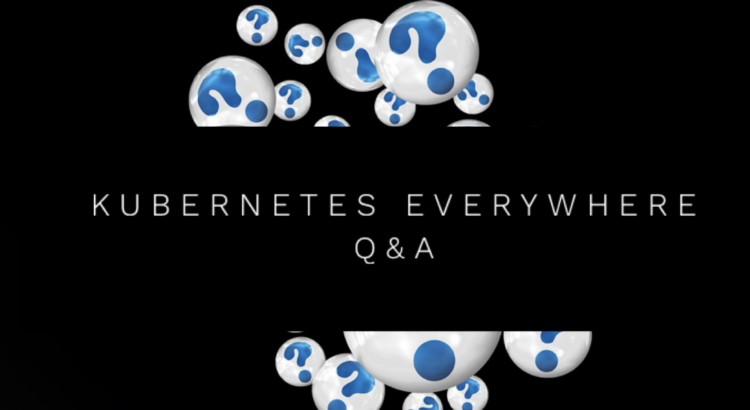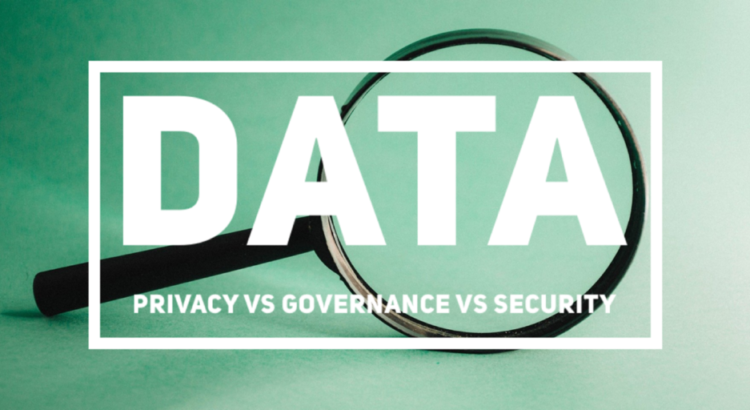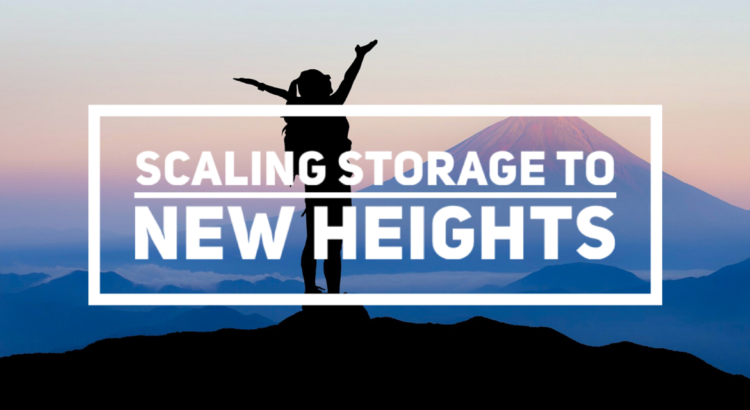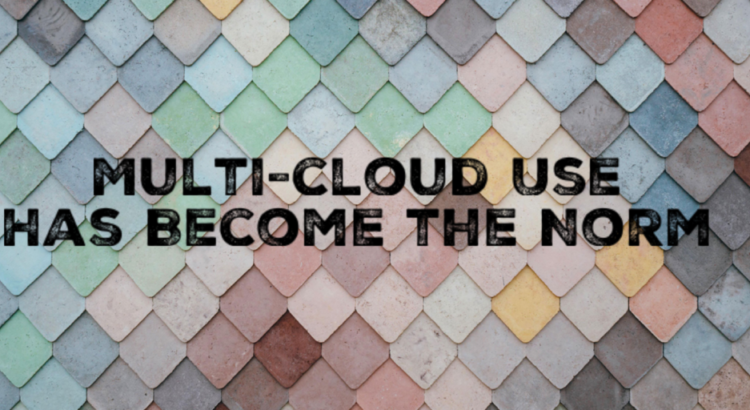The estimated impact of Deep Learning (DL) across all industries cannot be understated. In fact, analysts predict deep learning will account for the majority of cloud workloads, and training of deep learning models will represent the majority of server applications in the next few years. It’s the topic the SNIA Cloud Storage Technologies Initiative (CSTI) discussed at our webinar “Training Deep Learning Models in the Cloud.” If you missed the live event, it’s available on-demand at the SNIA Educational Library where you can also download the presentation slides.
The audience asked our expert presenters, Milind Pandit from Habana Labs Intel and Seetharami Seelam from IBM several interesting questions. Here are their answers:
Q. Where do you think most of the AI will run, especially training? Will it be in the public cloud or will it be on-premises or both Read More
